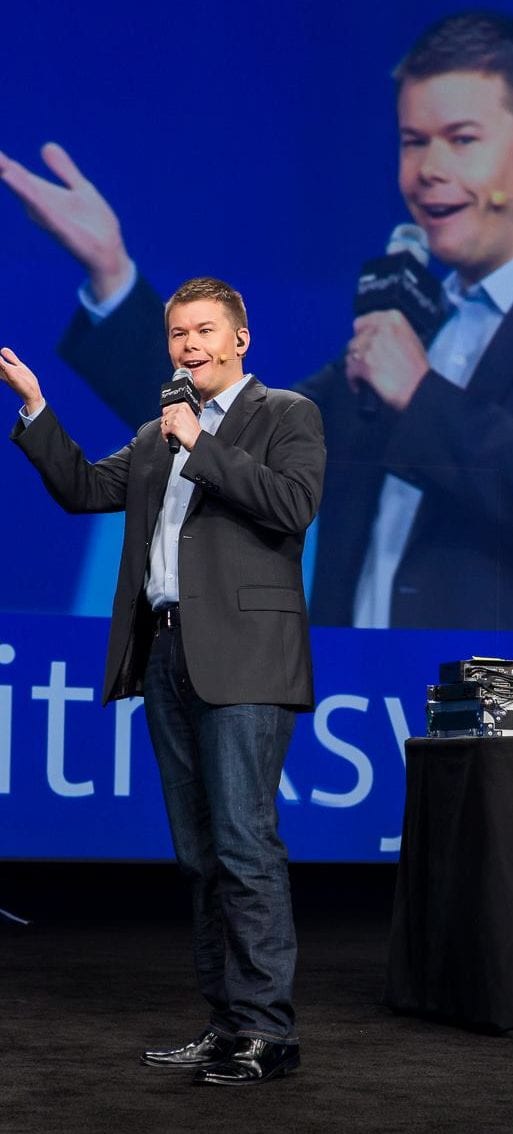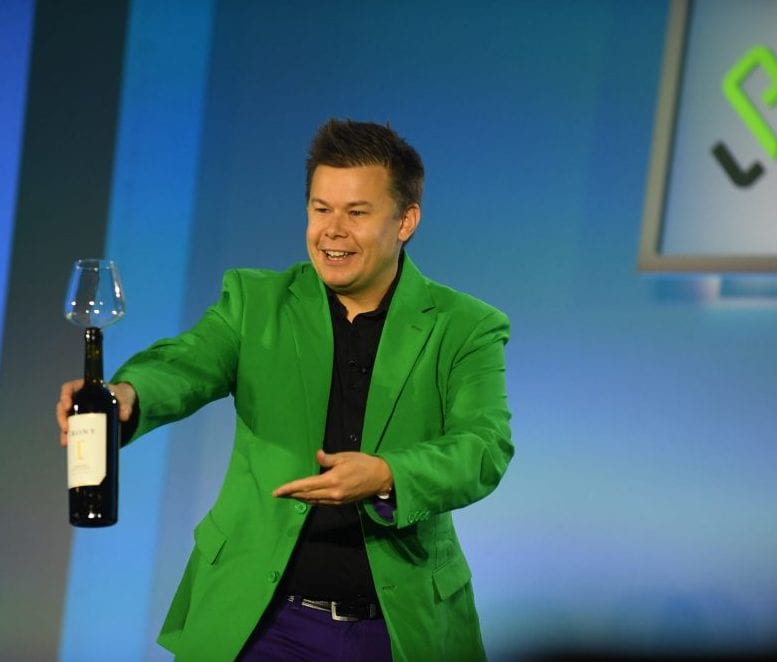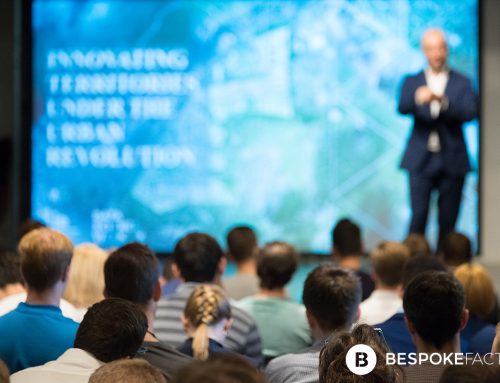What is the difference between a presentation and a keynote?

Glad you asked
It’s a question I get quite often and the lines can, and are often blurred – but the way I like to look at it, is that a presentation is something you might give to a small room, a customer or an internal business audience to get a specific set of messages across, but a keynote is much broader, typically it’s to a bigger audience and its far more prepared, staged and carefully executed.
The underlying idea of a keynote is to take some key points, they can be business points, or points about something, and turn them into an immersive, engaging experience for your audience. This is how keynote speakers succeed.
It’s all about preparation, delivery and variety
Some great examples of keynotes are those produced by big software companies such as Apple and Microsoft, and of course the wonderful TED talk content that most of us listen to in awe.
A keynote is not something that should be delivered with little preparation. Even professional keynote speakers will typically have an area of expertise they speak about, and then when employed to speak at an event, will spend many hours customising based on interviews with their client.
Another key to keynote success is variety in delivery and also content. Getting up on stage and clicking through slides won’t win an audience, you need to be prepared with an armoury of content to keep things exciting. Yes, you will have static visuals (slides), but you also need video, demonstrations, props, audience participation and stories. The right mix and you will deliver a keynote that the audience won’t forget.
Executives can be under a false impression of success
Business executives that are tasked with giving a keynote believe that because of their business success, then speaking in keynote form will be naturally successful for them.
Nothing could be further from the truth.
I always tell my clients that there needs to be two of you. The business you which you have had great success with and the on-stage or keynote you, in which you are inexperienced with and that you need to be flexible and creative with. Just because an executive may have given thousands of presentations in the past, it does not qualify them to get up and deliver a keynote – the situations are entirely different.
Audience credibility is very different to corporate credibility
Executives who do many presentations are typically presenting to an audience in which their credibility is already earned, in other words, the audience don’t need to be convinced. However, in the keynote world, the audience is at first your critic, and then either your supporter because they start to like the on-stage you or, on the downside, they just switch off – and we’ll leave that topic for another time. Many executives also are comforted by the fact that once they finish their presentation they are naturally commended by their peers and subordinates, this is where you must ensure you have a trusted critic, someone that will not get superficial with you and help you improve. That’s been my role with many senior executives over the years and interestingly the balanced honesty is normally refreshing and welcomed by them.
Having the audience engaged is a feeling only a truely successful keynote can give
As a keynote speaker myself, I’ve done some pretty crazy things on-stage to spike up the audience and keep them interested, and there is nothing like the feeling of taking an initially cold keynote room and having an audience smiling, engaged and intently listening. That’s one of the reasons I started my company Bespoke Factor – I love helping executives bring their business success to the keynote stage.
Hopefully now I’ve provided a little insight into the world of keynote creation and delivery and how it is very different to your stock standard presentation.

